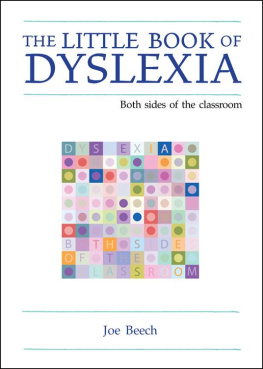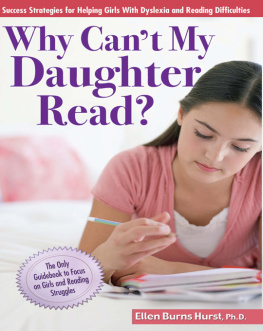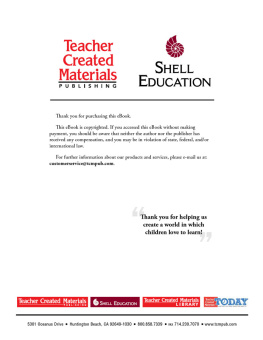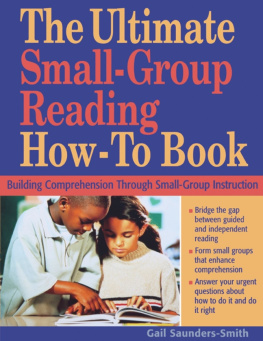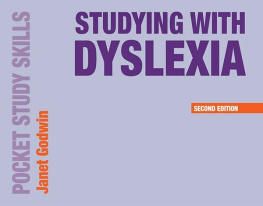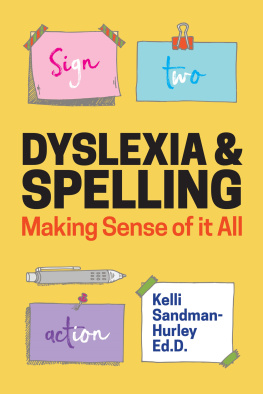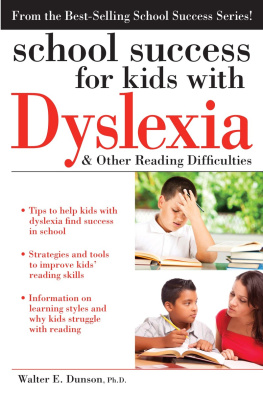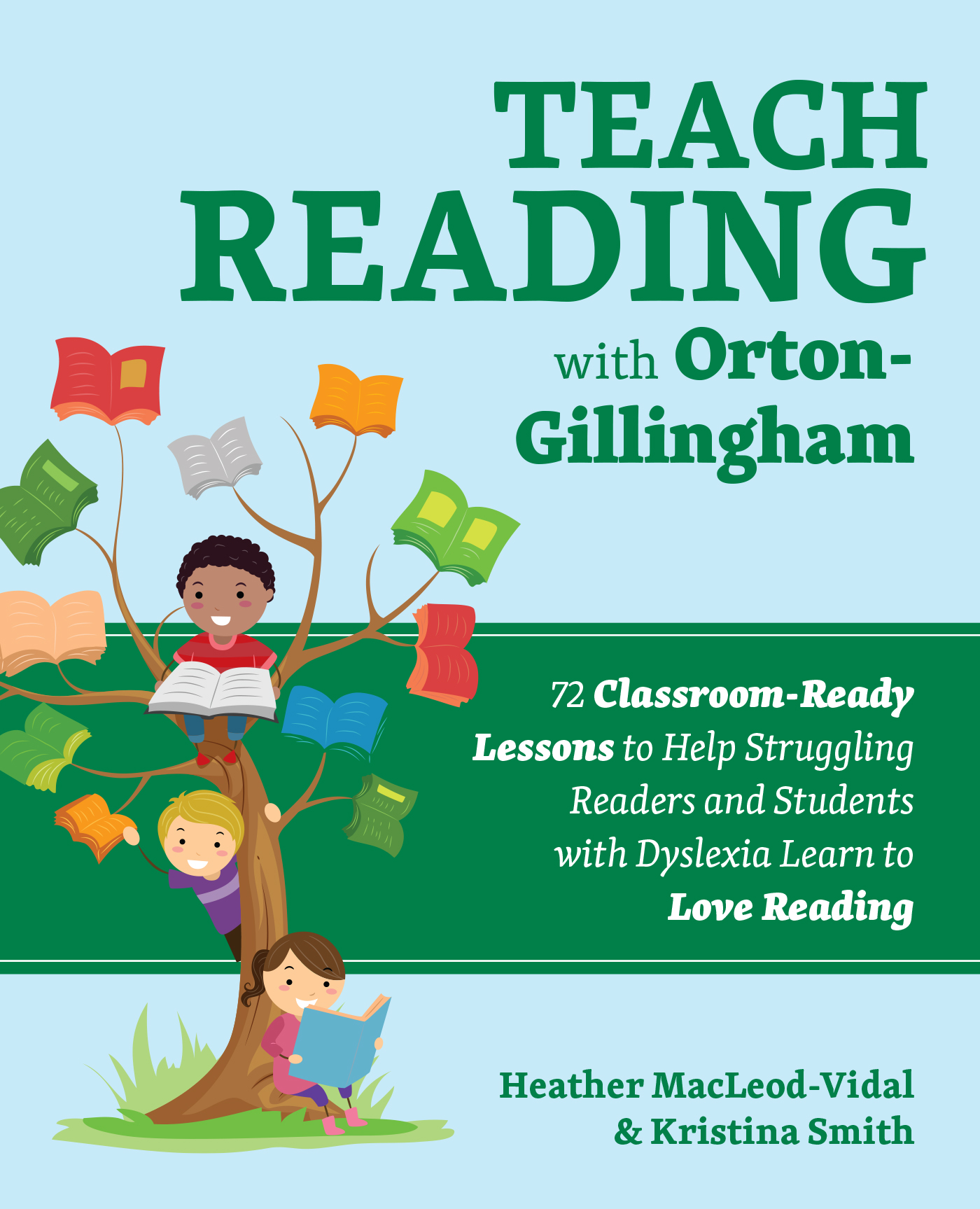Contents
Guide
Text copyright 2021 Heather MacLeod-Vidal and Kristina Smith. Design and concept copyright 2021 Ulysses Press and its licensors. All rights reserved. Any unauthorized duplication in whole or in part or dissemination of this edition by any means (including but not limited to photocopying, electronic devices, digital versions, and the internet) will be prosecuted to the fullest extent of the law.
Published in the US by:
ULYSSES PRESS
PO Box 3440
Berkeley, CA 94703
www.ulyssespress.com
ISBN: 978-1-64604-101-5
ISBN: 978-1-64604-102-2 (Ebook)
Library of Congress Control Number: 2020936430
Acquisitions editor: Casie Vogel
Managing editor: Claire Chun
Editor: Debra Riegert
Proofreader: Renee Rutledge
Front cover design: Justin Shirley
Cover art: Lorelyn Medina/shutterstock.com
Interior design: what!design @ whatweb.com
Layout: Jake Flaherty
NOTE TO READERS: This book is independently authored and published. No endorsement or sponsorship by or affiliation with copyright and trademark holders is claimed or suggested. All references in this book to copyrighted or trademarked products are for the purpose of commentary, criticism, analysis, and literary discussion only.
INTRODUCTION
Dear Educator,
We created this fun and easy-to-follow Orton-Gillinghambased text with the goal of helping your students improve their literacy and learn to enjoy reading and writing. As former classroom teachers, we saw the need for a phonics-based curriculum that met the needs of our students with dyslexia and other learning differences. We both experienced situations with our students (ranging in age from pre-K through 6th grade) that were difficult to remedy with the typical reading and writing workshops available through our schools.
We became trained in the Orton-Gillingham approach and began utilizing the approach with our students in small groups and private tutoring sessions after school. After seeing the results, we set out to make a bigger impact on students with dyslexia. Heather Vidal started a local tutoring business, Treetops Educational Interventions, and Kristina Smith began working for Treetops shortly after it opened. We both left teaching full-time and began working with students in a one-on-one setting using an Orton-Gillingham approach that is easy to follow and does not require weeks of training.
From our experiences in the classroom, trainings, research, and thousands of private tutoring sessions, we have crafted this 72-lesson teachers resource guide. Each lesson is designed to explicitly teach a phonetic skill, and each lesson thereafter builds upon the skills of previous lessons so your students will be constantly using and reviewing all they have learned.
Before diving in, its important to recognize that this book is for students who struggle with literacy, including reading fluency, phonics, and spelling. In the next few pages, we will provide a brief overview of what dyslexia is, how its diagnosed, and the effective teaching methods for working with those who are diagnosed. It is important to note that while this is a resource designed for students with dyslexia, this method of teaching has proven effective for many children who struggle with phonics and fluency. Again, teachers who have students that struggle with reading, especially those new to reading, will find that this resource provides a foundation and reinforces already-learned phonetic concepts to help create fluent readers.
Sincerely,
Heather and Kristina
What Is Dyslexia?
People often think that dyslexia is strictly the confusion of similarly written letters, such as b and d, but it really encompasses much more. Dyslexia is a learning disorder that impacts ones ability to not only read, but to speak, spell, and write. Specifically, people with dyslexia may have difficulty with decoding, or identifying speech sounds, and learning how they relate to letters and words. Of those who have a learning disability, dyslexia is found in 80 to 90 percent of the cases.3 With prevalence rates this high, there is a very good chance that one of your students may be impacted by some degree of dyslexia.
Signs of Dyslexia
Noted below are some signs of dyslexia to watch for at various school ages.
Preschool
- Late talking
- Learning new words slowly
- Trouble learning nursery rhymes or playing games that require recognizing rhyming patterns like hot, cot, and pot
- Difficulty learning the names of letters and letter sounds
- Problems forming words correctlystudent may reverse sounds in words or confuse words that sound alike
Elementary School
- Shows difficulty understanding and processing what they hear
- Demonstrates difficulty remembering the sequence of things
- Reads below grade level
- Labors over sounding out simple words, like dog or cat, and/or cannot sound out or pronounce an unfamiliar word
- Struggles with coming up with the right word or forming the right answer to a question
- Labors over seeing (and occasionally hearing) similarities and differences in letter sounds and words (such as rhyming words or ones that begin with the same letter)
- Struggles with spelling; may not associate letters with sounds, like the letter f with the /f/ sound, as in fox
- Takes an unusually long time reading or writing, slowly acquires reading skill, or avoids activities that involve reading altogether
Diagnosing Dyslexia
No single test can diagnose dyslexia, and a lot of factors may impact your students ability to read that may not include dyslexia. The Mayo Clinic suggests the use of one or more of the tools listed below to help determine if a child is dyslexic. Only a professional can accurately diagnose your student.
- Vision, hearing, and brain (neurological) tests to help rule out any other potential disorders affecting your students reading ability.
- A home life assessment to ensure the home setting is conducive to a proper learning environment.
- A developmental and medical history to assess the students physical history and whether or not any medical conditions or learning disabilities related to the students education may run in the family.
- Psychological testing to assess the students mental health and to help determine if any mental health issues are contributing to the students struggle with reading. Issues like depression and anxiety can play a significant role.
- Questionnaires taken by the student, family, and teacher to help pinpoint specific difficulties the student is struggling with.
- Reading assessments with the results analyzed by a reading expert.
.
.
.
.
.
.
Helping Students with Dyslexia
Effective Methods for Teaching Students with Dyslexia
Early literacy studies suggest that high-quality instruction consists of core literacy skills that target multiple areas of instruction, such as phonological awareness and word, syllable, and phonemic levels. The most significant characteristic of high-quality intervention is that there is an explicit approach to teaching the sounds of letters in isolation, which are then blended to form words.7 For example, an explicit approach to teaching spends multiple lessons reviewing the individual sounds for the letters


